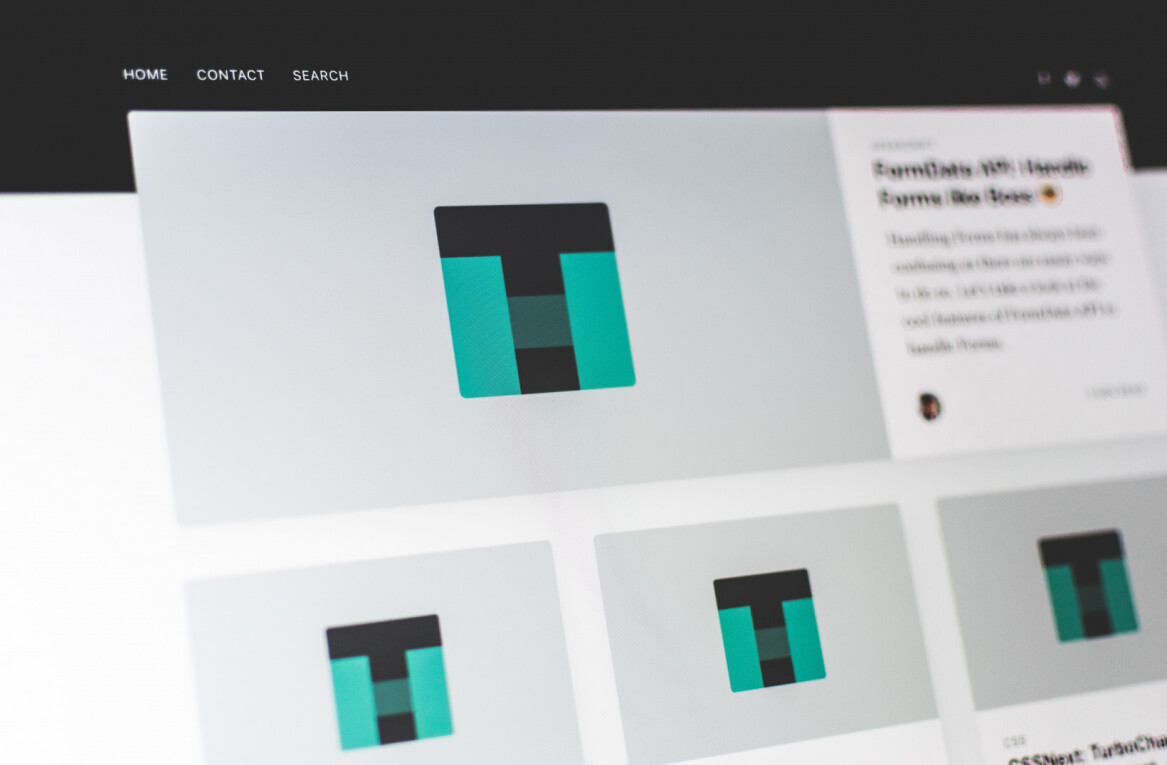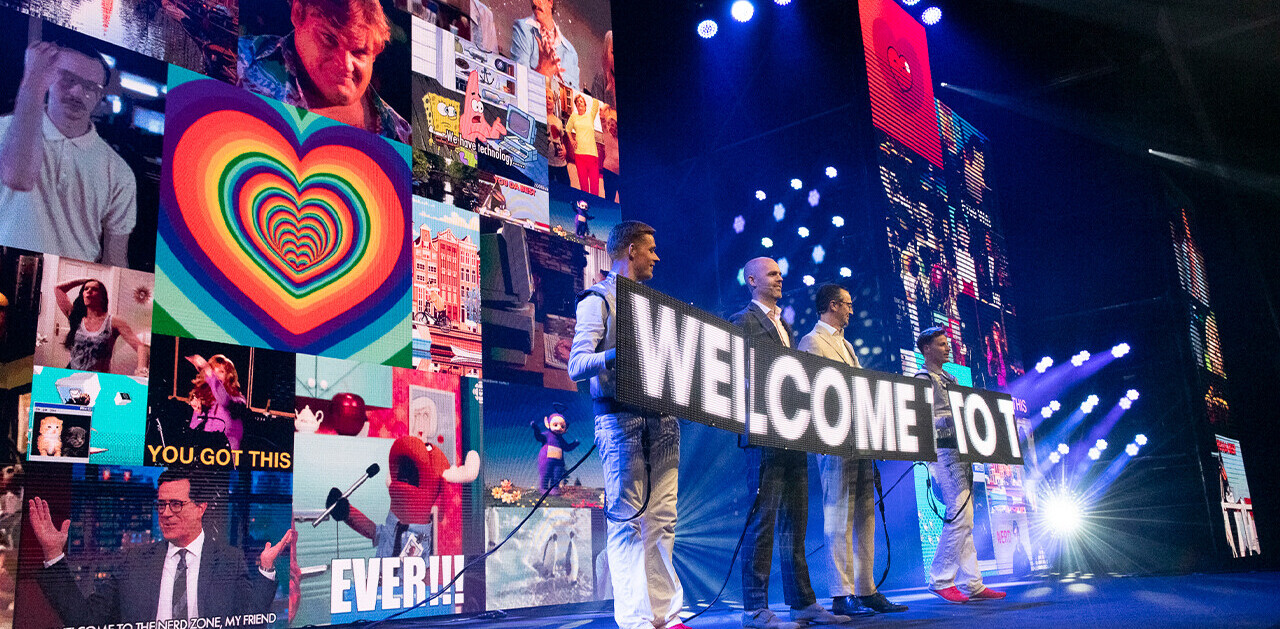Great stories begin with the right context.
Think about how the groundbreaking TV series Breaking Bad became connected to New Mexico’s rolling deserts. Westworld wouldn’t be the same without the futuristic wild-west setting. And millions of people across the world still flock to Game of Thrones’ ‘King’s Landing’, set in the Croatian city of Dubrovnik.
But setting the scene is just the start. The magic really happens when you add context: conversations between characters, which form a deeper connection between people, place, and timing. Get it wrong? The story falls flat, and you lose your audience.
People, place, timing. These three components are the key ingredients which make up a moment — an opportunity to connect with someone there and then — whether that means awakening a sleepy subscriber when they’re passing by your store, or sending someone a handy service message to tell them they’re at the wrong flight departure gate.
The most obvious means for doing this now is mobile; but with great technology, comes great responsibility. Here are three things I’ve learned alongside my company’s customers, as we’ve explored what creating valuable moments really means for mobile.
1. Winning the right people’s attention is one thing. Keeping their attention is another
Why aren’t people opting in to receive notifications in your app? In fact, why are they deleting your app? Attention from the right people is earned, it’s not a given.
When you are putting your brand in the palm of your customer’s hand, or representing your advertiser’s best interest by trying to win your user’s heart — you need to make it matter for them personally. This means understanding their behavior: collecting insights and connecting the dots on how they move, where they are, and what this is telling you.
Why do people interact with your brand, and when do they open your app? Because they need to achieve something specific. Consumers want convenience, sure, but combined with an experience which makes them feel valued, and that means understanding context to keep them around for longer.
Next time, why not realize that they’re at your event and passing by food and drink deals, bored and waiting at the departure gate for their flight following a delay — or passing your store a day after digitally browsing a product — which you happen to have in-stock.
It was actually at the The Next Web conference, where my team and I conducted an interesting experiment to understand how people feel when it comes to the app value exchange — and how people (much like yourself) respond to context-fueled messages IRL.
The experiment provided us with great insights and helped me and my team get a better understanding of what works for customer. I’m sharing some of the lessons I learned in this article, but you can also check out our experiment on your own here.
2. Timing creates the difference between clear added value, and an annoying push message
Yes, establishing eye contact with the right person is the basis for any kind of quality interaction, whether it’s in the narratives of multi-million-dollar TV shows, or in real life marketing. But you also need the message to land at the right time, or it falls flat.
Consider one industry really getting it right — or getting it wrong: airlines. When you’re arriving at the airport, this is the perfect time to deliver real value to someone via conversational interaction on their phone.
This is a window of opportunity, where messages to help someone get through check-in or skip security queues, can mean the difference between seamless efficiency and positive brand association — or someone feeling like your app’s presence is pointless because you haven’t taken the chance to be useful.
When is the best time to send a survey? After careful testing, my team and I worked with a customer to find it. We sent a push notification request for feedback just as people switched their WiFi on having touched down at their destination.
As you’re waiting to disembark the plane as a passenger, you are a member of a captive audience — willing and happy to answer three questions about your experience, especially delivered by the app which has, just now, improved your journey from A to B.
Submission rates for the survey hit over 40 percent.
And it really makes sense when you think about it, doesn’t it? You’re fresh from your experience, but not yet on holiday — unlike the ill-timed emails we all receive occasionally, asking for feedback on a flight a day after the flight lands.
3. Place is the crucial puzzle piece which will supercharge your personalization
We wanted to put place at the heart of our product when it came to reaching people on the move, or in the right environment — and that’s because we saw that people respond differently to location-based interactions. And not in the way you might think.
Our data, which my co-workers and I gathered last year suggests that open-rate for app notifications consistently doubles when you add location as a basis for sending them.
That’s notifications receiving higher engagement when sent based on where you are, than when they are sent based on forms of personalization you might have considered more meaningful — like segmentation by demographic, or even historical behavior.
Of course, smart segmentation and location in combination create the strongest context of all for reaching consumers and building long-lasting relationships. But this goes to show that there’s something special about that layer of location which really speaks to people.
App owners are often afraid of failing when it comes to in-the-moment interactions on mobile. After all, it’s a fine balance between relevance and creepiness — particularly because phones have become an extension of us; a companion for our day-to-day and a doorway into our lives.
Get the TNW newsletter
Get the most important tech news in your inbox each week.





